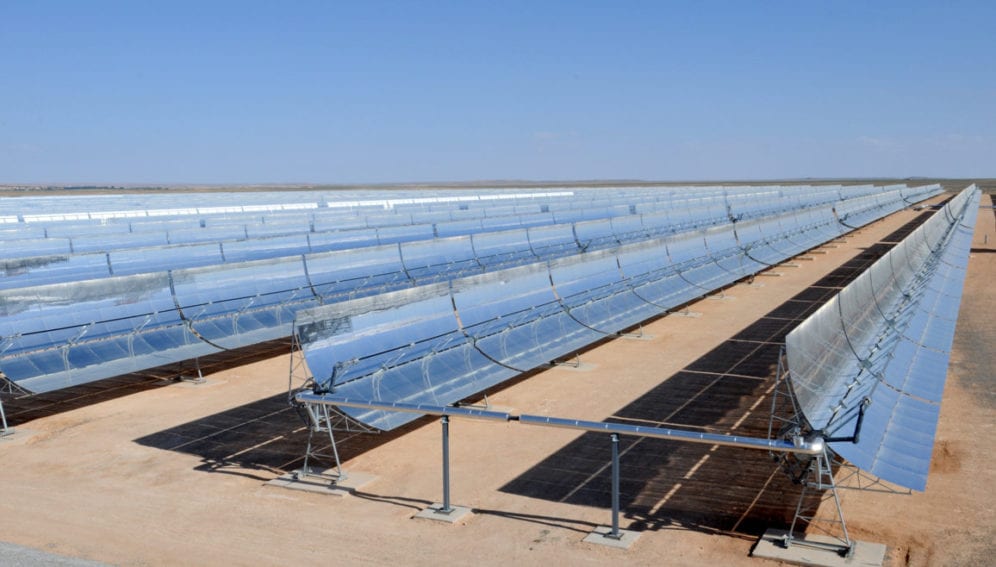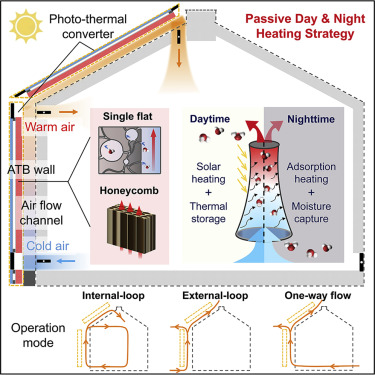Solar energy stands as a beacon of sustainability, offering diverse forms that cater to various energy needs. Let’s delve into the different types of solar energy, their applications, and their pivotal role in fostering a sustainable future.You can learn more about solar energy in our previous post – here
Understanding Solar Energy Types
The most common method to harness solar energy is through photovoltaic technology. This technology involves the use of solar panels to convert sunlight into electricity. These panels are typically made up of multiple solar cells, which are responsible for converting the sun’s energy.
RECAP How Do Solar Panels Work?
Solar panels are primarily made up of a semiconductor material, usually silicon. When sunlight hits the solar panels, the solar cells inside the panel absorb the energy from the sunlight. This energy moves electrons within the semiconductor material, creating a flow of electricity.
Once the electricity is generated, it is stored in batteries or fed into the electrical grid. The amount of electricity generated depends on various factors, such as the amount of sunlight received, the efficiency of the solar cells, and the size of the solar panel. More information here.
Types of Solar Energy
Photovoltaic (PV) Solar Energy
The most prevalent method involves PV technology, where solar panels convert sunlight into electricity. These panels, comprised of multiple solar cells, harness the sun’s energy and transform it into a usable power source.
Once generated, this electricity can be stored in batteries or fed into the electrical grid. The quantity of electricity produced depends on several factors, including the amount of sunlight received, solar cell efficiency, and panel size.

Solar Thermal Energy (STE):
STE revolves around converting solar energy into heat, boasting cost-effectiveness in sectors like water heating, space heating, and cooling systems. Through solar collectors and innovative methods, it offers versatile solutions for sustainable heating and cooling needs.
Various Applications of Solar Thermal Energy
Solar thermal energy finds applications in diverse industries, including:
- Domestic and Industrial Water Heating: Using solar thermal systems to heat water for household or industrial use.
- Space Heating in Buildings: Employing solar energy for warming indoor spaces.
- Cooling Systems: Utilizing solar thermal energy to power cooling systems, providing sustainable cooling solutions.

From https://www.scidev.net/global/features/solar-power-for-the-poor-facts-and-figures-1/
Concentrated Solar Power (CSP)
CSP technology focuses sunlight onto a small area, generating intense heat that powers steam turbines to produce electricity. It’s employed in large-scale power plants, utilizing various configurations for consistent power generation, even in regions with limited direct sunlight.
How Concentrated Solar Power Works
CSP systems concentrate sunlight using mirrors or lenses, directing it onto a focal point. This concentrated heat then drives turbines, generating electricity. CSP’s ability to store thermal energy allows for continued power generation even during periods of reduced sunlight.

Passive Solar Energy
Leveraging building design and materials, passive solar systems capture, store, and distribute solar energy without mechanical or electrical devices. Elements like building orientation and thermal mass optimize natural light and heat for efficient heating and cooling of spaces.
Design Principles of Passive Solar Systems
Passive solar designs incorporate several key principles, including:
- Building Orientation: Maximizing sunlight exposure during winter and minimizing it during summer.
- Thermal Mass: Using materials that store and release heat, moderating temperature fluctuations.
- Natural Ventilation and Daylighting: Optimizing airflow and utilizing natural light for illumination.
https://doi.org/10.1016/j.xcrp.2021.100578.

Building-integrated Photovoltaics (BIPV)
BIPV seamlessly integrates solar panels into building components, providing not only renewable energy but also architectural functionality. These systems offer insulation, weatherproofing, and shading, contributing significantly to energy efficiency in structures.
Advancements in BIPV Technology
Continuous advancements in materials and design have led to aesthetically pleasing and economically viable BIPV solutions. These innovations enhance solar integration into modern construction practices, promoting energy efficiency and reduced carbon footprint.

Choosing different Types of Solar Energy
Photovoltaic (PV) Solar Energy: Opt for PV systems when aiming for electricity generation in residential, commercial, or utility-scale settings. PV panels are suitable for areas with ample sunlight and space availability, providing efficient energy conversion for on-grid or off-grid setups.
Solar Thermal Energy (STE): Choose STE for applications requiring significant heat energy, such as water heating in industries or space heating in buildings. It excels in providing cost-effective thermal solutions and is particularly beneficial in regions with high heat demand.
Concentrated Solar Power (CSP): CSP becomes advantageous for large-scale power generation in areas with high solar irradiation. It’s a viable option when aiming for consistent electricity production, especially during low light conditions, and when storage of thermal energy is crucial.
Passive Solar Energy: Opt for passive solar systems when designing or renovating buildings for energy efficiency without relying on active technology. These systems excel in utilizing building design and natural elements for heating, cooling, and lighting, especially in new constructions or retrofitting existing structures.
Building-integrated Photovoltaics (BIPV): Choose BIPV for an integrated solution in building design, where solar panels are seamlessly incorporated into the structure. It’s ideal for architects or builders aiming for both energy generation and aesthetic functionality, allowing for efficient use of space while reducing the carbon footprint of the building.
